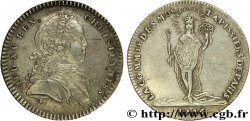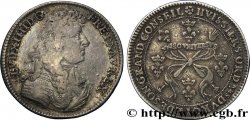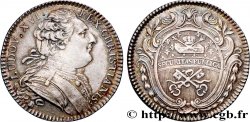v25_1213 - CORPORATIONS Tapissiers de Paris 1726
MONNAIES 25 (2006)
Starting price : 150.00 €
Estimate : 250.00 €
Realised price : 150.00 €
Starting price : 150.00 €
Estimate : 250.00 €
Realised price : 150.00 €
Type : Tapissiers de Paris
Date: 1726
Metal : silver
Diameter : 29 mm
Orientation dies : 6 h.
Weight : 6,29 g.
Edge : cannelures fines
Rarity : R1
Coments on the condition:
Usure régulière. Jeton recouvert d’une patine de collection avec des reflets dorés
Catalogue references :
Obverse
Obverse legend : LUD. XV. REX - CHRISTIANISS..
Obverse description : Buste à droite de Louis XV signé DU. VIVIER [n° 308a] , type Guéant Prieur 550D.
Obverse translation : (Louis XV, roi très chrétien).
Reverse
Reverse legend : LA. COMMTE. DES. MDS. TAPISSIERS. DE. PARIS ; À L'EXERGUE : 1726.
Reverse description : Saint Louis nimbé, debout de face, tenant un sceptre et la couronne d'épines.
Reverse translation : (La Communauté des marchands tapissiers de Paris).
Commentary
Buste 550D de la classification Guéant/Prieur. On remarque sur notre exemplaire une petite cassure à côté du point entre LUD et XV comme le signale bien les deux auteurs pour ce buste daté de 1733.
Le corps des tapissiers, l'un des plus anciens et des plus nombreux de Paris, a été formé par réunions successives de six communautés d'abord distinctes, ayant reçu chacune des statuts et règlements : les tapissiers-haute-lissiers, les tapissiers-sarrasinnois, les tapissiers-nôtrés, les tapissiers-contrepointiers, les courtepointiers et les coutiers.
Le corps des tapissiers, l'un des plus anciens et des plus nombreux de Paris, a été formé par réunions successives de six communautés d'abord distinctes, ayant reçu chacune des statuts et règlements : les tapissiers-haute-lissiers, les tapissiers-sarrasinnois, les tapissiers-nôtrés, les tapissiers-contrepointiers, les courtepointiers et les coutiers.







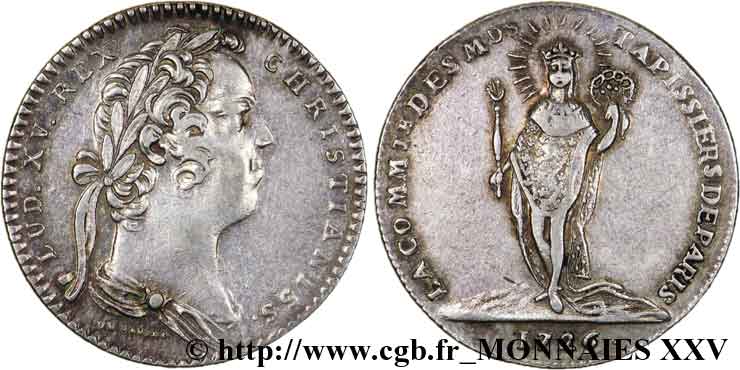
 Report a mistake
Report a mistake Print the page
Print the page Share my selection
Share my selection Ask a question
Ask a question Consign / sell
Consign / sell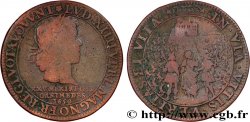
 Full data
Full data
